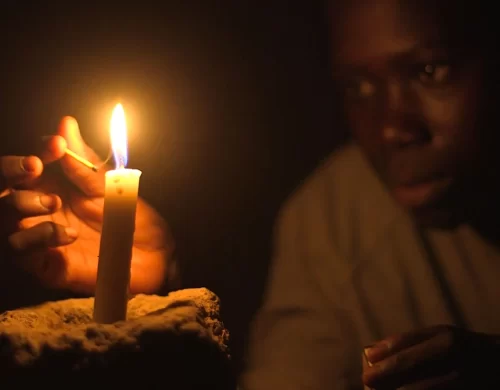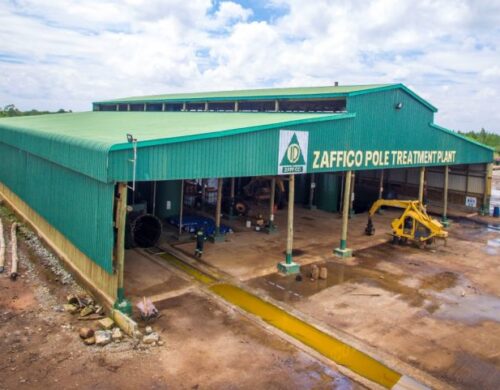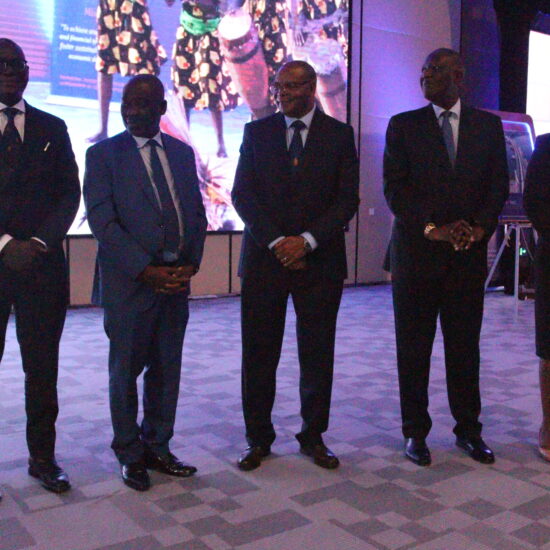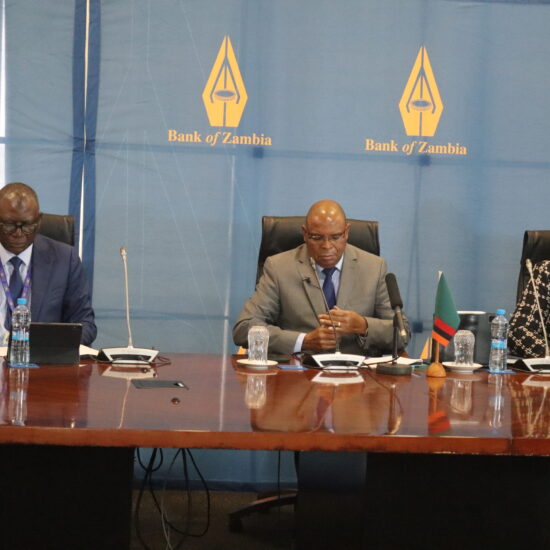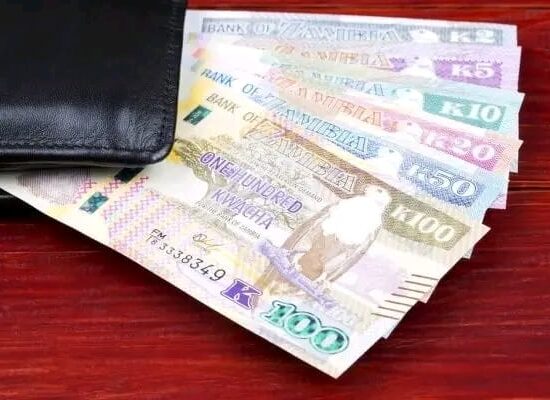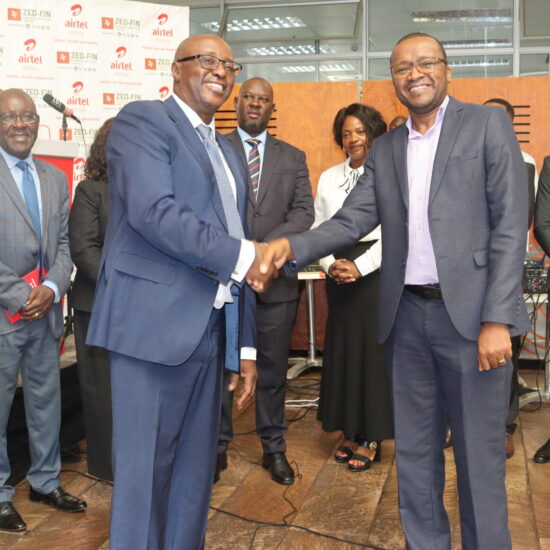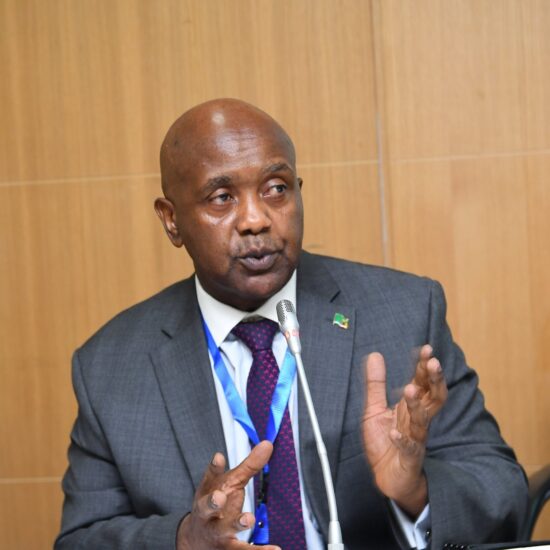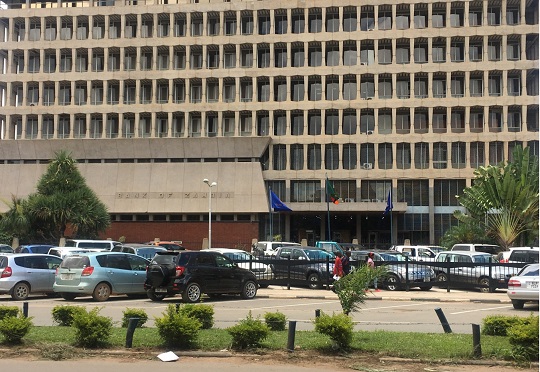
The South African Reserve Bank has cut the repo rate by 100 basis points or one percent point brining South Africa’s repo rate to 4.25%.
In a tweet seen by the Zambian Business Times – ZBT, Reserve Bank governor Lesetja Kganyado said the decision by the bank’s monetary policy committee – MPC was unanimous and the cut will go into effect on April 15, 2020.
This announcement is the second major cut in less than a month after the Bank cut the rate by one percentage point in mid-march. In mid-January the bank lowered the rate from 6.5% to 6.25%. The repo rate is the benchmark interest rate at which the reserve bank lends money to other banks.
And when the Bank of Zambia was reached for a comment on whether Zambia is considering reducing the MPR and in effect the lending rates as per trend set by the likes of regional economic powerhouse, South Africa, given the current situation of COVID- 19 which has impacted the global economy, BOZ Head of Communications Besnat Mwanza said the decisions on the monetary policy rate – MPR will be decided during the next MPC meeting set for May 20th 2020.
She said the Bank has taken strong measures aimed at ensuring businesses and households can be supported directly working through commercial banks and these include the establishment of a medium term refinancing facility of K10 billion which will enable banks and other financial services providers support businesses and individuals.
“You may wish to note that the COVID – 19 response measures we have taken so far are risk based and appropriate for our economic environment,” She added.The Bank has since pledged to continue supporting the private sector and retail lending clients by easing provisioning rules in the current situation.
Meanwhile, BOZ had on February 19, 2020 through its Monetary Policy Committee decided to maintain the policy rate at 11.50% on account that inflation is expected to remain high in the earlier part of the forecast period which is the first half of the year but decline towards the upper bound of the target range as food supply improves.
The committee also noted that economic activities have continued to weaken in the country and liquidity challenges have persisted hence they continue to pose risks to financial stability.
